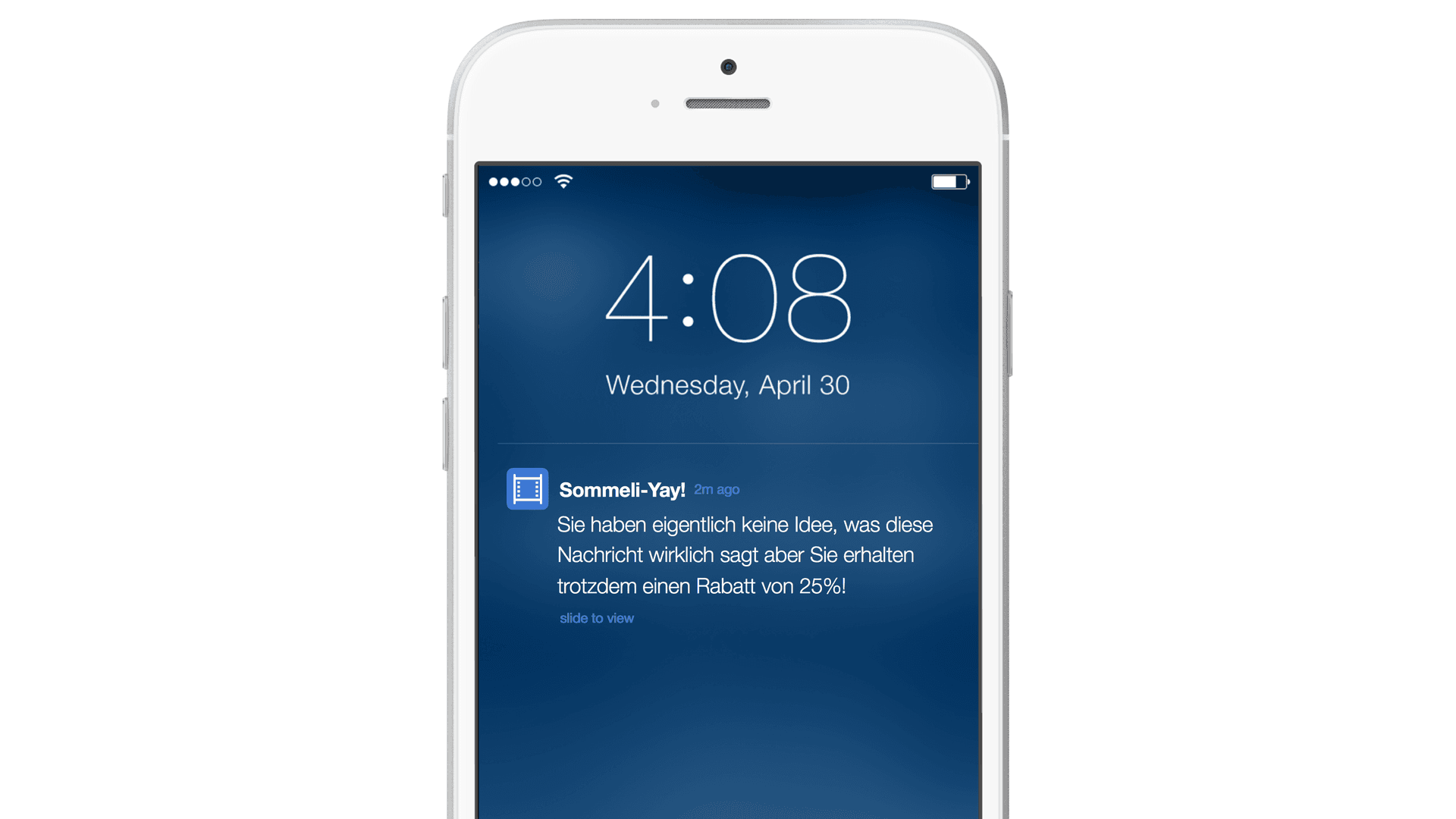Your Push Notifications Aren’t Speaking My Language
Published on January 25, 2017/Last edited on January 25, 2017/3 min read


Todd Grennan
Content Production Principal, Content Marketing at BrazeWe’ve all had it happen. One minute you’re enjoying an app or browsing a website, having a positive experience, and the next you get an email or a push notification or other outreach that undermines all those good feelings.
No marketer wants to cause that kind of reaction—very much the opposite. But it still happens, usually for simple, preventable reasons. To help you avoid others’ mistakes, we’ll be profiling real-life marketing miscues as part of our new Unforced Marketing Errors series. Let’s get started!
What happened
A couple months ago, an Appboy employee took a week off and went on vacation to Munich, Germany. The trip was great—lots of great beer and cool museums and fascinating castles—but when he got back to the U.S., he was greeted by something a lot less great: multiple push notifications in German, a language he doesn’t speak.

The messages were all from a single app, one run by a retail brand that our staffer had used regularly (and liked) in the past. But while he’s generally appreciated receiving push notifications from the app when it meant hearing about one-day sales and special deals, getting repeated push notifications in German was purely an annoyance, making him feel less favorably toward the brand and reducing his interest in buying from them going forward.
Why it happened
The most likely explanation is that marketers at this retail brand made an error while attempting to do something very smart and responsive: namely, personalizing their promotional push notifications based on the recipient’s preferred language.
In this case, the brand likely targeted users for German-language outreach based on their last recorded location. That means that because our staffer had been in Munich very recently, their marketing platform served him (and any other users whose most-recent locations were in Germany, Austria, or other primarily German-speaking regions) push notifications in German.
How to keep it from happening to you
While marketers can avoid this sort of error by simply not personalizing their outreach based on language, that approach can hurt the effectiveness of their messaging. After all, language-based personalization can make promotional outreach significantly more effective—but only if the brand gets each customer’s language right.
To do that, marketers should send language-personalized messages based on each user’s device language ID, not their most recent location. That way, the outreach you send will be in the language that each recipient actually uses on their smartphone or tablet, rather than the language of the country they were most recently in.
After all, lots of people live their lives in languages other than the dominant tongue of the country they’re in—including many tourists, expats, immigrants, and multilingual people. By sending them outreach in the language used on their device, you can ensure that you’re reaching them with a message they can understand.
Related Tags
Be Absolutely Engaging.™
Sign up for regular updates from Braze.


